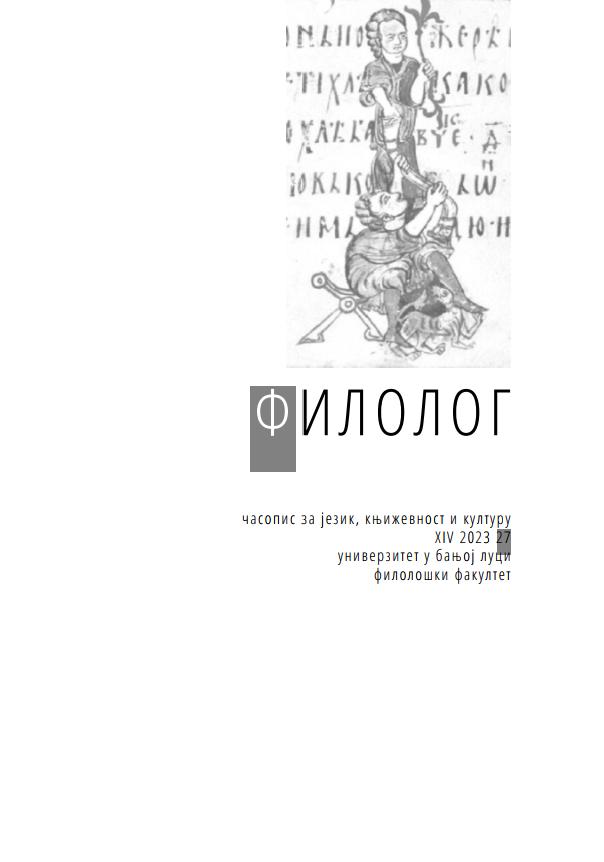ANIMAL SIMILES EXPRESSING HUMAN TRAITS IN ENGLISH AND SERBIAN
ANIMAL SIMILES EXPRESSING HUMAN TRAITS IN ENGLISH AND SERBIAN
Author(s): Dejan M. MilinovićSubject(s): Comparative Linguistics
Published by: Филолошки факултет Универзитета у Бањој Луци
Keywords: human traits; comparison; similes; animal similes; English; Serbian;
Summary/Abstract: This paper provides a contrastive analysis of adjectival as … as similes in English and adjectival comparisons with kao in Serbian, in which the tenor is a human being and the vehicle is an animal stereotypically associated with the given trait, to examine the extent to which specific groups and types of animals are used to express the same or similar human traits in the two languages. A total of 69 English and 39 Serbian similes motivated by animals were examined and categorised according to the meaning of the adjectives used for comparison. The analysis shows that they are used to express a wide range of human characteristics, including behaviour, prowess, state and appearance. Almost half of the English similes and a third of the Serbian similes refer to behaviour, and more than half of the similes in each category in both languages have a negative connotation. Wild animals are more often attributed prowess and power, while farm animals are predominantly seen with subservient features. The findings are indicative of and congruent with the important role that animals play in human language perception. Animal similes not only provide a colourful and creative way of expressing human characteristics but also reflect cultural attitudes towards certain traits and animals.
Journal: Филолог – часопис за језик, књижевност и културу
- Issue Year: 14/2023
- Issue No: 27
- Page Range: 138-152
- Page Count: 15
- Language: English

